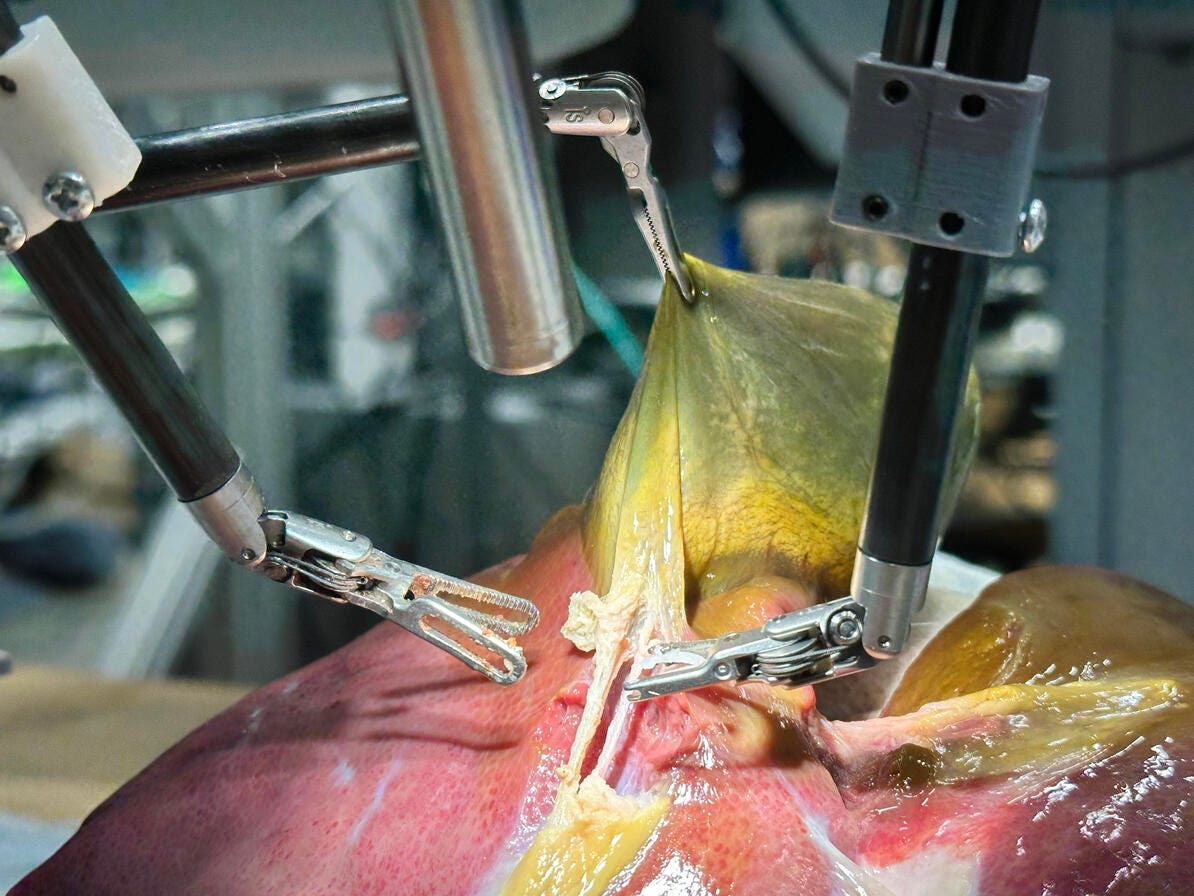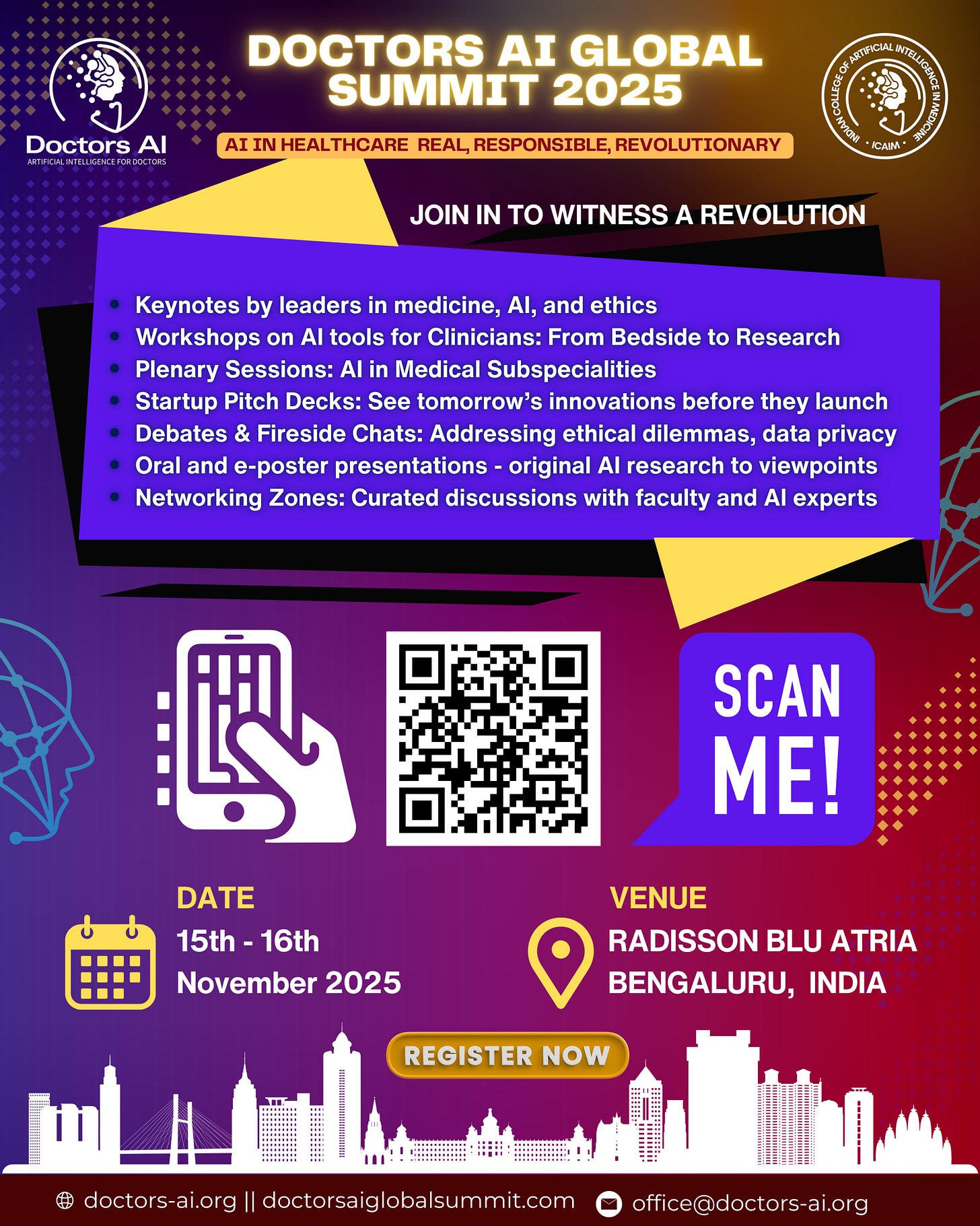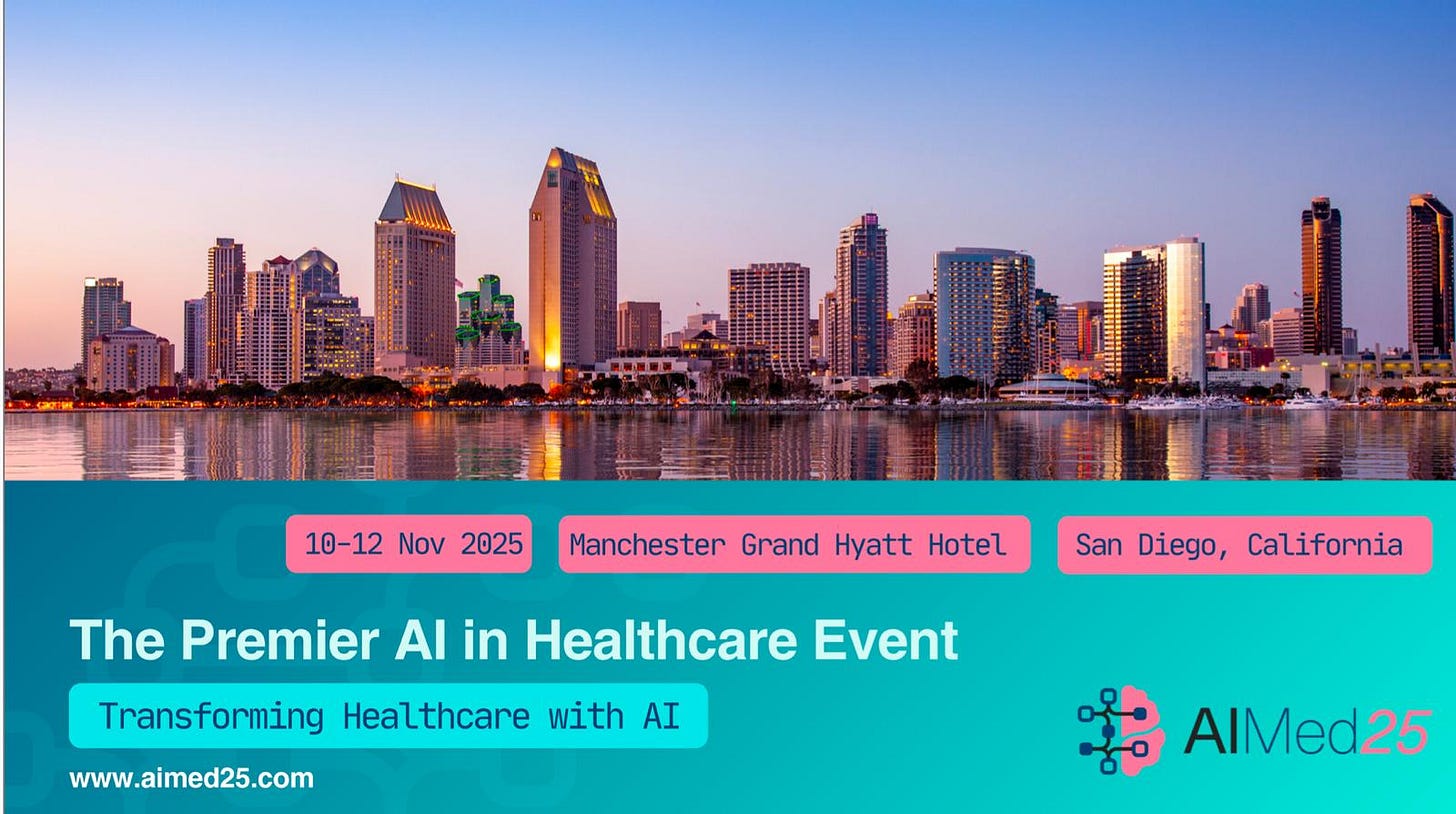Learn
AI and Robotics ready to transform perioperative patient care
During a trip to China, Co-founder and CEO of Nvidia Jensen Huang was asked by a journalist: “If you are a 22-year-old version of Jensen [who] just graduated today in 2025 but with the same ambition, what would you focus on?”
To that, the Nvidia CEO said: “For the young, 20-year-old Jensen, that’s graduated now, he probably would have chosen ... more of the physical sciences than the software sciences,” adding that he actually graduated two years early from college, at age 20.
Applications of physical reasoning include predicting outcomes, such as where a ball will roll, understanding how much force is needed to grip an object without damaging it and inferring the presence of a pedestrian behind a car.
“And when you take that physical AI and then you put it into a physical object called a robot, you get robotics,” he added. “This is really, really important for us now, because we’re building plants and factories all over the United States.”
Extending the same argument, we are now seeing combined applications of deep learning and robotics come to the operating rooms.
In a recently published study, a Robotic Flexible Intubation System (RFIS) which uses Convolutional Neural Network(CNN) was trialed for airway intubation on a simulation manikin.
Read more here:
For surgery, a major breakthrough was achieved at Johns Hopkins University, when an AI guided robot performed a cholecystectomy without human help. Hierarchical surgical robot transformer, SRT-H, truly performs surgery, adapting to individual anatomical features in real-time, making decisions on the fly, and self-correcting when things don't go as expected.
Read more here:
https://hub.jhu.edu/2025/07/09/robot-performs-first-realistic-surgery-without-human-help/
We will continue to see increasing applications of AI and Robotics in healthcare in the future.
Connect
Register today to join us on August 19, 2025 at 11 am – Noon ET/8:30-9:30 PM India time via Zoom. This session is themed: “Radiology platforms for AI implementation”, features Drs. Pranav Rajpurkar, Co-founder of a2z Radiology AI, and Vidur Mahajan, CEO for CARPL.ai
Register here for the free Zoom event:
https://us02web.zoom.us/meeting/register/Un6VwGWsQXyvo048unjyVA#/registration
Datasets (Open source)
Mediflow: Synthetic clinical dataset
A large-scale synthetic instruction dataset of 2.5M rows (~700k unique instructions) for clinical natural language processing covering 14 task types and 98 fine-grained input clinical documents
PadChest-GR (Grounded-Reporting)
A public bilingual dataset of 4,555 CXR studies with substantiated reports (3,099 abnormal and 1,456 normal), each containing complete lists of sentences describing individual positive and negative findings in English and Spanish. In total, PadChest-GR contains 7,037 sentences of positive findings and 3,422 sentences of negative findings. This dataset is derived from the PadChest dataset.
Conferences
Additional BXC-featured publications
Surgery
Explainable Artificial Intelligence: Enhancing Decision-Making in Plastic Surgery
Berk B. Ozmen, Victor Almeida, Piyush Mathur, Graham S. Schwarz
Dermatology
A multimodal vision foundation model for clinical dermatology (PanDerm)
Yan, S., Yu, Z., Primiero, C. et al.
Book
Machine Learning in Medical Diagnosis: A Framework for a Normative Evaluation of Benefits and Risks
Leslye Denisse Dias Duran
Join and follow the BrainX community!
Webpage: https://brainxai.org/
Newsletter: https://brainxai.substack.com/subscribe
LinkedIn: https://www.linkedin.com/groups/13599549/
Youtube: https://www.youtube.com/channel/UCua5EiLL6I29hpNrJsdv1rg





